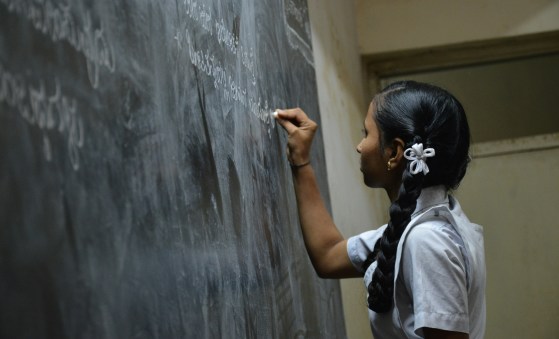A 2,000-year-old burial box believed by some to contain the remains of James, the brother of Jesus Christ, is set to go on public display in Israel, after its owner was cleared of forgery.
Oded Golan, the Israeli antiquities collector who owns the limestone burial box, insists that "this is the oldest evidence that mentions the name of Jesus Christ," according to a report in The Guardian.
"There is no doubt that it's ancient, and the probability is that it belonged to the brother of Jesus Christ," he added.
Golan was cleared by the Israeli Supreme Court of having forged the inscription that mentions the name of Jesus after a 10-year investigation, though the Israeli officials who analyzed the evidence have been accused of vandalizing the box.
"It's not in the same condition as before the trial. The inscription was defaced, contaminated. They poured red silicon into the inscription and they let it dry and when they took it out they took the patina. It's ruined," Golan said.
"I have to evaluate the damage, see if it can be restored and if there is the possibility of carrying out further tests on the inscription in the future that will allow us to show its authenticity. The government said the second half of the inscription was forged – the words 'brother of Jesus' – and that's where the major damage has been done."
People will soon be able to see the inscription for themselves for the first time since it was briefly exhibited in Toronto in 2002. Despite the finding by the Israeli judges that the inscription was not forged, the authenticity of the box remains in question.
"Because of the differences in the depth and the clarity and the kerning (spacing) between the first half of the inscription that mentions James son of Joseph, and the second half, I'd be willing to wager that the second half was added in modern times," offered Prof Christopher Rollston of the Albright Institute of Archaeological Research in Jerusalem.
Others, however, such as Professor Gabriel Barkay of Bar-Ilan University, have said that it is an authentic inscription.
"The inscription is written in the Jewish script, it was done with a sharp instrument and I think it was done by the same hand. It is an authentic inscription," Barkay said.
The authenticity of the box could also be a point of controversy for the Roman Catholic Church, which disputes claims that Christ had brothers and sisters.
Golan will also offer expert opinions from the trial as part of evidence in favor of the burial box, though further details about the public display have not yet been available. The James Ossuary Trial Jerusalem blog, maintained by journalist Matthew Kalman, offers updated news on the fallout of the trial and the future of the disputed box.




